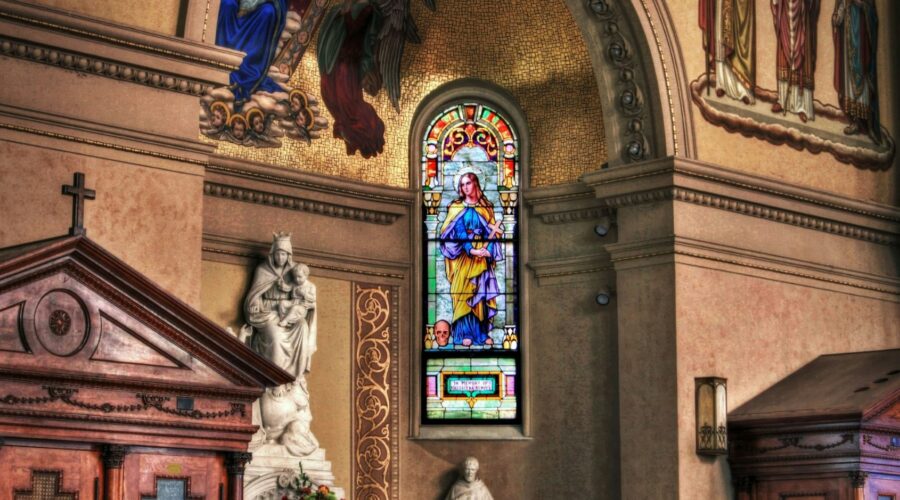Your cart is currently empty!
The Christian Reformed Church: A Comprehensive Guide

Introduction
The Christian Reformed Church (CRC) is a Protestant denomination with a rich history and a global presence. Founded in the Netherlands in the 16th century, the CRC has grown to include over one million members in over 100 countries. This blog post delves into the history, beliefs, practices, and organization of the Christian Reformed Church, providing a comprehensive guide for those seeking to understand this denomination.
History of the CRC
Calvinist Roots
The Christian Reformed Church traces its roots to the Protestant Reformation and the teachings of John Calvin. Calvin’s emphasis on the sovereignty of God, the authority of Scripture, and the importance of church discipline formed the theological foundation of the CRC.
Dutch Origins
In the 16th century, the CRC emerged in the Netherlands amid a period of religious conflict and persecution. Its first congregation was established in 1562 in Emden, Germany, by Dutch Protestant refugees. In the following centuries, the CRC grew and spread throughout the Netherlands.
Immigration to America
In the 19th century, a significant number of Dutch CRC members immigrated to the United States. They established congregations in the Midwest and Great Lakes regions, where they maintained their Calvinist heritage and contributed to the religious landscape of the new world.
Beliefs and Practices
Confession of Faith
The Christian Reformed Church adheres to a traditional Reformed confession of faith, the Belgic Confession (1561) and the Heidelberg Catechism (1563). These confessions summarize the core doctrines of the CRC, including:
- The Trinity and the deity of Christ
- The sovereignty of God and the fall of humankind
- Salvation by grace through faith in Christ alone
- The importance of church discipline
Worship
CRC worship services are characterized by a blend of reverence and joy. They typically include:
- Prayer
- Scripture readings
- Sermon
- Singing of hymns and Psalms
- Lord’s Supper (communion)
The CRC also places a strong emphasis on biblical literacy and personal devotion.
Sacraments
The Christian Reformed Church recognizes two sacraments:
- Baptism: The baptism of infants and confessing believers as a sign of God’s covenant with his people
- Lord’s Supper: The communion of bread and wine as a remembrance of Christ’s sacrifice and a celebration of his presence in the church
Organization and Structure
Governance
The CRC is governed by a synodical system. The General Synod, which meets every three years, is the highest governing body of the denomination. It sets doctrine, policy, and mission priorities for the church.
Regional synods oversee the work of the church at a local level. The local congregation is the basic unit of the denomination, governed by a consistory consisting of elders and deacons.
Church Offices
The Christian Reformed Church recognizes three church offices:
- Minister: A person ordained to preach, teach, and administer the sacraments
- Elder: A member of the congregation who assists the minister in governing and overseeing the church
- Deacon: A member of the congregation who assists in caring for the physical and spiritual needs of the church
Mission and Outreach
The Christian Reformed Church has a strong commitment to mission and outreach. It supports numerous mission agencies and ministries both locally and internationally. The CRC also encourages its members to actively participate in their communities and engage in social justice and peacemaking efforts.
Conclusion
The Christian Reformed Church is a dynamic and diverse denomination with a rich history and a global reach. Its commitment to biblical faithfulness, Reformed theology, and mission makes it a significant voice in the Christian world. Whether you are a longtime member, a curious seeker, or simply looking to learn more about the CRC, this comprehensive guide provides a foundation for understanding the denomination’s beliefs, practices, and organization.